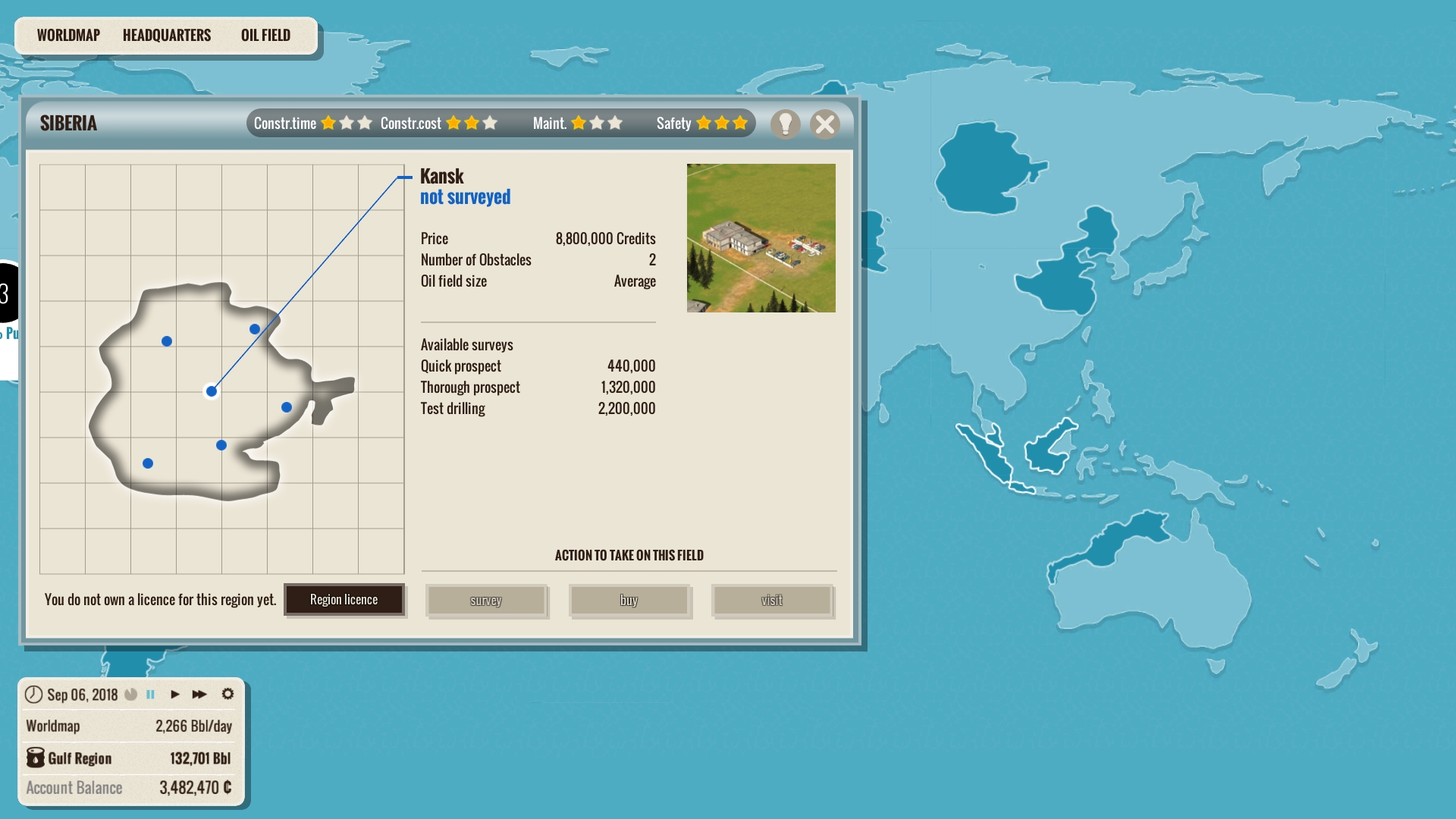Mobirise is a downloadable offline web builder that is supported on Win, Mac and Android Operating System. It's a very good benefit just in case you wish or have to work with your websites without having Internet. Run business critical applications on your Mac with Parallels Desktop for Mac Business Edition. Easily manage & deploy virtual machines for teams of 1-100 (or more).
Use Time Machine, the built-in backup feature of your Mac, to automatically back up your personal data, including apps, music, photos, email, and documents. Having a backup allows you to recover files that were deleted, or that were lost because the hard disk (or SSD) in your Mac needed to be erased or replaced. Learn how to restore your Mac from a backup.
Chrome Enterprise Os


Create a Time Machine backup
To create backups with Time Machine, all you need is an external storage device. After you connect the storage device and select it as your backup disk, Time Machine automatically makes hourly backups for the past 24 hours, daily backups for the past month, and weekly backups for all previous months. The oldest backups are deleted when your backup disk is full.
Connect an external storage device
Connect one of the following external storage devices, sold separately. Learn more about backup disks that you can use with Time Machine.
Windows 10 Enterprise Os Download
- External drive connected to your Mac, such as a USB or Thunderbolt drive
- Network-attached storage (NAS) device that supports Time Machine over SMB
- Mac shared as a Time Machine backup destination
- AirPort Time Capsule, or external drive connected to an AirPort Time capsule or AirPort Extreme Base Station (802.11ac)
Select your storage device as the backup disk
- Open Time Machine preferences from the Time Machine menu in the menu bar. Or choose Apple menu > System Preferences, then click Time Machine.
- Click Select Backup Disk.
Oil Enterprise Mac Oswego
Enjoy the convenience of automatic backups
After you select a backup disk, Time Machine immediately begins making periodic backups—automatically and without further action by you. The first backup may take a long time, but you can continue using your Mac while a backup is underway. Time Machine backs up only the files that changed since the previous backup, so future backups will be faster.
To start a backup manually, choose Back Up Now from the Time Machine menu in the menu bar. Use the same menu to check the status of a backup or skip a backup in progress.
Learn more
- Learn about other ways to back up and restore files.
- If you back up to multiple disks, you can press and hold the Option key, then choose Browse Other Backup Disks from the Time Machine menu.
- To exclude items from your backup, open Time Machine preferences, click Options, then click the add (+) button to add an item to be excluded. To stop excluding an item, such as an external hard drive, select the item and click the remove (–) button.
- If using Time Machine to back up to a network disk, you can verify those backups to make sure they're in good condition. Press and hold Option, then choose Verify Backups from the Time Machine menu.
Mac OS X Enterprise Course Outline
Mac OS X Overview
- Installing OS X
- Configuring OS X clients and servers
- Establishing requirements for interoperability
- Setting the stage for the enterprise
Navigating the Mac User Interface
Server operating system features
- File Sharing Services
- Client Management
- Networking Services
- Directory Services
Administering the file system
- Managing the file system with Finder
- Uncovering the underlying UNIX file system
- Manipulating advanced file system attributes
Installing Mac applications
- Examining installation methodologies
- Monitoring application health
- Comparing Mac and Windows application architectures
Running Windows on the Mac platform
- Virtualizing OS installations with Vmware
- Booting Windows natively with Bootcamp
Managing OS X Network Integration
Setting network preferences
- Establishing appropriate protocols for communication
- Activating network devices: Ethernet, AirPort
- Modifying preferences for Internet & Wireless
User account administration
- Adding and managing users
- Defining security settings for user accounts
- Preparing users for directory integration
Creating OS X and Windows workgroups
- Sharing files between Macs
- Setting permissions on file system objects
- Connecting Macs with SMB and AFP protocols
- Introducing SMB for PC connectivity
Sharing system resources
- Printer sharing
- Screen sharing
- Web sharing
- FTP
- Remote Desktop sharing
Building Centralized Directory Services
Integrating OS X into Active Directory (AD)
- Implementing LDAP services: AD and Open Directory
- Configuring AD for Mac integration
- Introducing iOS devices into the enterprise
Configuring directory services on an OS X client
- Leveraging Directory Utility for enterprise access
- Activating AD plug-in and Open Directory components
Managing OS X clients with Open Directory (OD)
- Centralizing administration with a Mac server
- Working with the Server Admin and Workgroup Manager
Integrating Mac OS X and Windows
Administering network resources and clients
- Building AD Users with the (ADUC) tool
- Integrating directory services with Workgroup Manager
Managing Mac desktop preferences
- Establishing distribution group architectures
- Pushing preferences with Profile Manager
Creating directory redundancy
- Replicating the Open Directory
- Specifying Master/Replica configuration
Accessing desktops remotely
- Microsoft Remote Desktop Connection
- Apple Remote Desktop
Maintaining Enterprise Services
Building enterprise DNS for AD and OD
- Establishing the primary DNS architecture
- Resolving DNS names across platforms
Synchronizing time services
- Aligning time services for authentication
- Configuring W32Time and SNTP
Authenticating users with Kerberos
- Establishing Kerberos authentication paths
- Investigating Kerberized applications
Gift grab: christmas quandary mac os. Ensuring enterprise integrity
- Leveraging Disk Utility for backups and imaging
- Centralizing backups to a server
